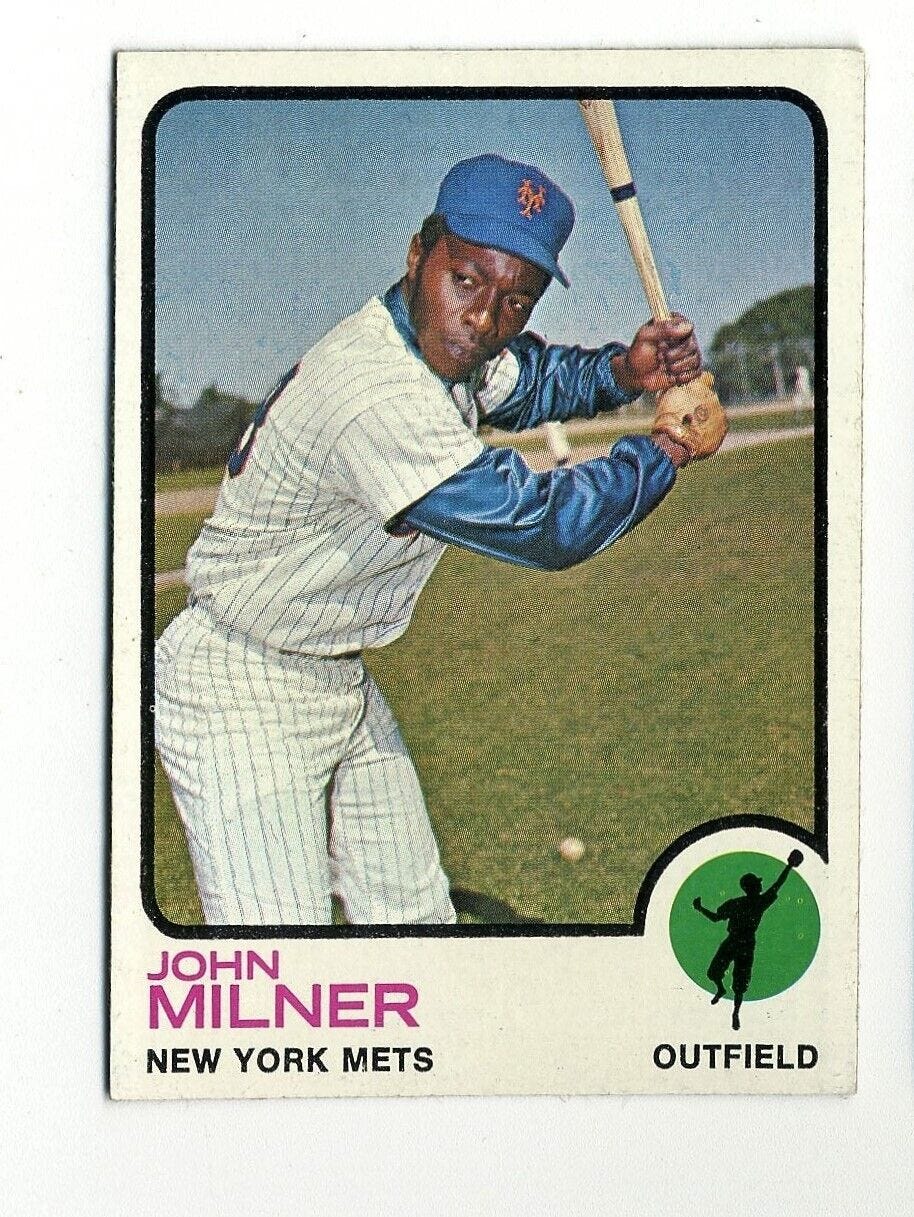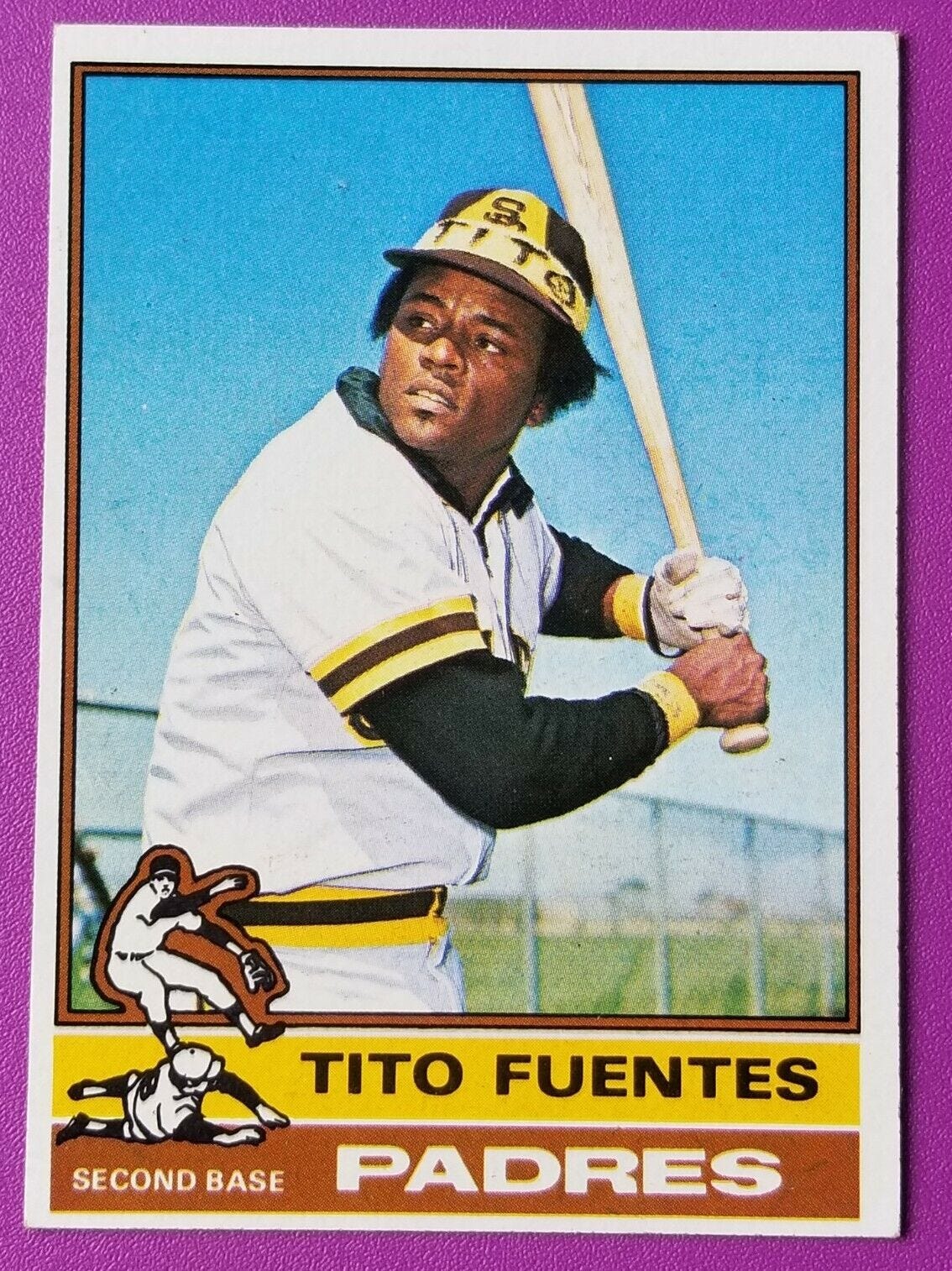The words in the title are taken from a speech given by Lorraine Hansberry, not long before her death at the age of 34. She told a group of young writers that in 1964, there was no more dynamic combination than those three factors. The same words could have been rightly applied to a young John Milner.
By the time he graduated from high school, four short years after Hansberry’s speech and still one year before Nina Simone debuted a song she had written to honor Hansberry’s life, John Milner had earned Georgia All-State honors in baseball, football, and basketball. Any one of these sports is difficult enough to play, but anyone who can play all three at that level has to be incredibly gifted athletically. Doing it as a black man in the Jim Crow South takes it to a much higher level.
In 1968, a talented three-sport athlete like Milner had much better career options in baseball than he would in the other sports. In 2024, I’m quite certain that it wouldn’t be the same story. For starters, he would probably have to choose one of the three sports at a young age, and then relentlessly hone his game in order to make it to the professional level. And that chosen sport would not, in all likelihood, be baseball.
The NBA, to this member of Generation X, almost didn’t exist before Magic Johnson and Larry Bird joined the league after their epic 1979 NCAA title duel. I know that isn’t technically true, but professional basketball, Wilt Chamberlain and Jerry West and the other great players notwithstanding, was a far cry from what it is today.
With the NFL, the story was probably very much the same. Even though two games we now recognize as being “Super Bowls” had been played by 1968, the official term wouldn’t be introduced until early in 1969. Baseball reigned supreme in the world that drafted John Milner, and he was well advised to point his talents in that direction.
The card shown above, card number 4 of the 1973 Topps set, would later be considered as John Milner’s “rookie” card. In a strange bit of misdirection, baseball card hobbyists have managed to turn a ballplayer’s first card, no matter how long he played or how well-accomplished he later became, into the most financially valuable card for that player.
I promise anyone reading this that no kid opening up a pack of baseball cards in the spring of 1973 wanted to find this card. Milner, like so many others, was simply a player who hadn’t established himself quite yet. And no kid has any time for that.
Early in the 1973 season, not long after this card appeared, Milner strained his hamstring while reaching for a low throw. He went on the disabled list, and the “hammy” then bothered him for the rest of his career. But this talented athlete had to play through it, because the world is filled with one-time athletes whose careers were derailed too soon by the twists and turns that athletes make on a regular basis. The Mets made the playoffs that year, before losing to the Oakland A’s in the World Series.
When I attended a doubleheader in St. Louis in 1975—my first taste of baseball at any level—the Cardinals’ opponent that day was John Milner and the New York Mets. I was there to see Tom Seaver, the National League’s reigning Cy Young winner, pitch in Game 1, where the Cardinals and Lynn McGlothen handed them a 5-3 loss. Milner didn’t play in that first game, but he did play in the nightcap and drove in 3 runs to help his team salvage a split with the home team.
Milner was traded to the Pittsburgh Pirates after the 1977 season, and the Pirates turned out to be a mixed bag. His playing time was reduced, as he became a backup to Willie Stargell. However, he played there in the 1979 season and won his only World Series ring that year. He was traded to Montreal in 1981, where he played in the National Leage playoffs for the third and final time. He was released by the Expos during the 1982 season, and retired before the 1983 season began.
Milner was a heavy smoker during his playing career, and he developed lung cancer which then spread to his brain. He died on January 4, 2000, just a week after his 50th birthday. Of the more than 600 players in my 70s collection, he is one of the youngest to die who was not involved in an accident of some type. Just like Lorraine Hansberry, he remained young, gifted, and Black to the very end.
January 4 is also the 80th birthday of Tito Fuentes, a Cuban-born player who set a single-season fielding percentage record for National League second basemen which stood from 1973 until it was broken by Ryne Sandberg in 1991. On a player’s 80th birthday, they are moved into a group which I call “Moves Like Jagger” (or MLJ for short). Like Mick Jagger, Tito Fuentes is still alive and kicking into his 80s. We should all be so lucky someday.
Until tomorrow…





